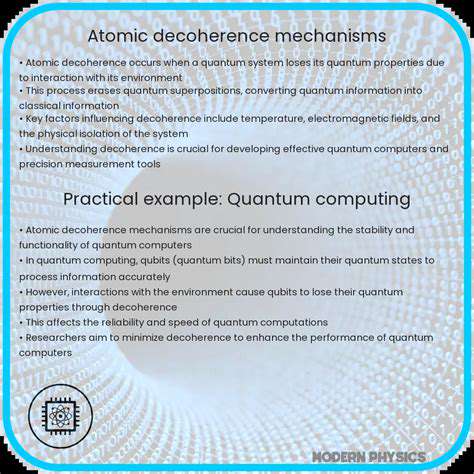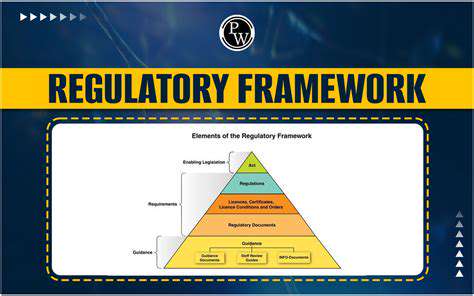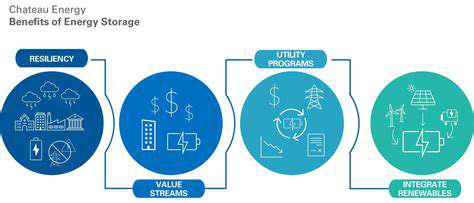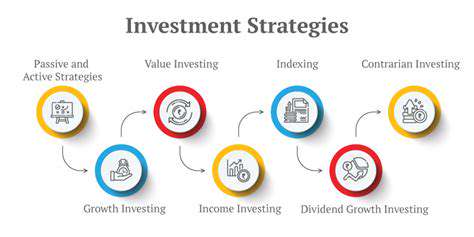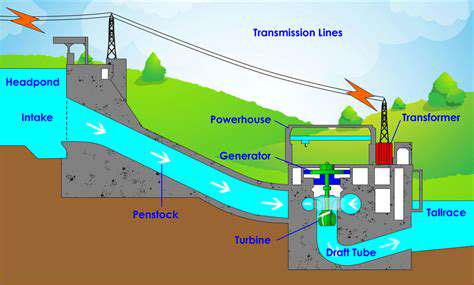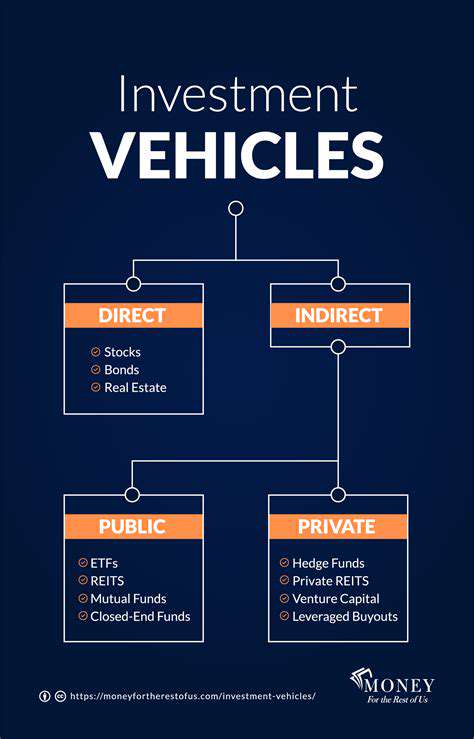Urban Vertical Axis Wind Turbines (VAWTs): Feasibility and Impact
Feasibility Studies and Case Studies
Understanding Feasibility Studies
Thorough feasibility analysis separates promising urban wind projects from impractical ones. Beyond basic wind measurements, successful studies examine microclimate variations across different building heights and orientations. They also assess structural loading capacities of existing buildings - a critical factor often overlooked in initial planning. Legal feasibility requires equal attention, as air rights and vibration transmission can create unexpected legal obstacles.
Assessing Wind Resource Potential
Urban wind mapping has evolved dramatically with new sensing technologies. Portable LiDAR units now provide detailed 3D wind flow models around buildings, revealing optimal turbine placement. Long-term data collection remains essential - while rural sites might need just one year of wind measurements, urban locations often require multi-year studies to account for seasonal variations in building usage patterns that affect airflow.
Evaluating Turbine Technology and Design
Not all VAWTs perform equally in urban settings. Darrieus-type designs often outperform Savonius models in consistent elevated winds, while helical blades reduce vibrations in turbulent conditions. The most successful urban installations frequently combine multiple small turbines rather than relying on single large units, improving reliability through redundancy. Material choices also differ from rural applications, with urban turbines requiring greater resistance to pollution-induced corrosion.
Analyzing Economic Viability
Urban VAWT economics involve unique calculations. While individual turbine costs may be higher than rural equivalents, avoided transmission infrastructure costs can offset the difference. Value stacking changes the equation further - turbines that also provide architectural shading or serve as security barriers can justify premium pricing. Innovative business models like wind-as-a-service subscriptions are removing capital cost barriers for property owners.
Addressing Environmental Impacts
Urban wind systems require careful environmental assessment beyond typical renewable energy considerations. Potential strobe effects from rotating blades near windows must be evaluated, as must high-frequency noise that might disturb sensitive equipment in research facilities or hospitals. Bird and bat activity studies remain important, though urban VAWTs generally pose less risk to wildlife than large HAWTs.
Exploring Case Studies of Existing VAWT Installations
Real-world installations provide invaluable lessons. The successful integration of VAWTs on the Pearl River Tower in Guangzhou demonstrates how wind power can enhance rather than compromise architectural vision. Chicago's Museum of Science and Industry installation revealed unexpected benefits in public education and engagement. Failures prove equally instructive - London's early high-profile VAWT removals highlighted the importance of proper vibration isolation.
Considering Regulatory and Policy Frameworks
The regulatory landscape for urban wind continues evolving. Forward-thinking cities like Toronto now include wind provisions in their green building codes, while others still treat turbines as unusual exceptions requiring special variances. Insurance requirements present another complex layer, with premiums varying dramatically based on turbine proximity to property lines and public spaces. Navigating this patchwork of regulations demands specialized legal expertise.



